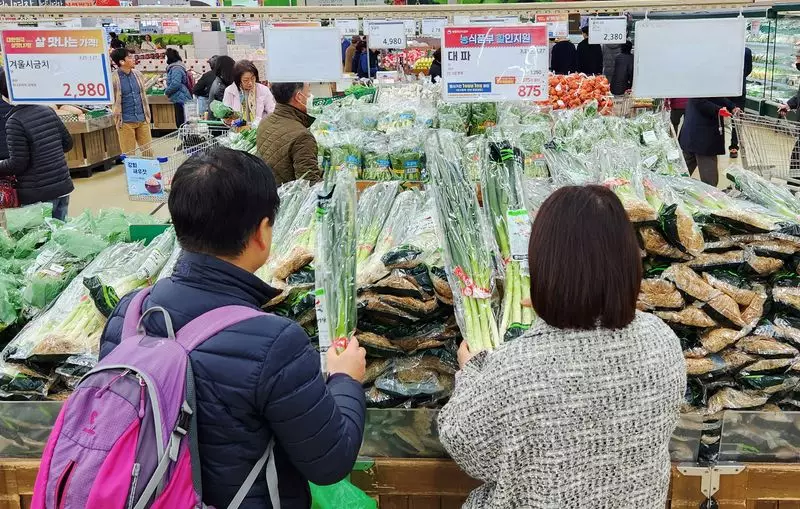The latest forecasts reflect a cautiously optimistic outlook for South Korea’s economy as it emerges from a slight contraction during the previous quarter. Following a 0.2% decline in GDP in the second quarter of this year, analysts anticipate a rebound in the third quarter with an expected growth of 0.5%. This shift highlights the nation’s reliance on its thriving export sector, which, despite facing slower growth from its key trading partners, is experiencing revitalization fueled primarily by strong semiconductor demand from the United States.
Exports have been a lifeline for South Korea, with monthly export growth averaging nearly 10% from January through September. This remarkable performance has helped stave off a technical recession, a situation defined by two successive quarters of negative growth. However, the export growth momentum appears to be faltering, particularly as trade relationships with major partners like China, Japan, and India show signs of cooling. The delicate balance between robust export figures and weakening domestic consumption is critical, as high borrowing costs and steep household debt discourage spending within the country, contributing to a drag on overall economic vigor.
In light of the mounting challenges to domestic demand, the Bank of Korea implemented a modest monetary easing by cutting its policy rate by 25 basis points, reducing it from a 15-year high of 3.50%. Despite this move, financial analysts predict that the central bank will maintain a fairly conservative approach concerning rate adjustments for the remainder of the year, projecting only limited cuts in the following year. The contrasting monetary policies between South Korea and the U.S., where significant rate reductions are anticipated through 2025, emphasize the complexities faced by local policymakers in navigating external economic pressures while attempting to stimulate growth.
Looking ahead, South Korea’s growth projections remain tempered. The economy’s anticipated annual growth of 2.4% closely aligns with the central bank’s recently revised estimates, indicating that while there are signs of recovery, challenges loom large. Economic indicators, particularly in the housing sector and broader consumer confidence, reflect uncertainty that could jeopardize sustained domestic demand. These factors are further complicated by swings in global markets and geopolitics, which continue to influence trade dynamics.
While South Korea’s economy demonstrates signs of resilience through a favorable export landscape, it grapples with significant headwinds from domestic consumption constraints and external market fluctuations. As the Bank of Korea considers its monetary policy moving forward, it faces the difficult task of fostering growth without exacerbating existing economic vulnerabilities. An urgent emphasis on stabilizing domestic demand, alongside maintaining the vitality of exports, will be paramount for the country to navigate its economic future effectively.

